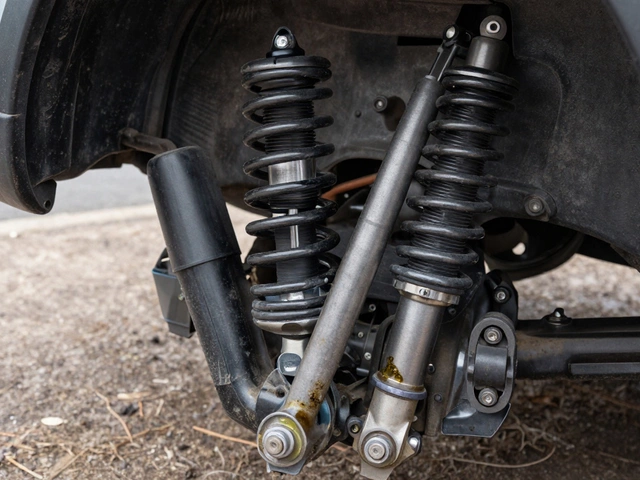Automotive Issues: Common Car Problems and How to Fix Them
When your car starts acting up, it’s rarely one big problem—it’s a chain of small signs you might be ignoring. Automotive issues, problems that affect a vehicle’s performance, safety, or reliability. Also known as car troubles, these aren’t just inconvenient—they can turn into expensive repairs if left unchecked. Whether it’s a weird noise, a warning light, or a rough ride, your car is trying to tell you something. And the good news? Most of these issues have clear, simple signs you can spot at home.
Take fuel pump failure, when the pump can’t deliver enough fuel to the engine, causing stalling or no-start conditions. You might think it’s the battery, but if your car sputters on the highway or won’t start after sitting for a while, it’s probably the pump. And yes, a bad fuel pump can throw a code—but not always. Then there’s car battery health, how well your battery holds a charge and powers your car’s systems. A weak battery doesn’t always die suddenly; it might just struggle to start in the cold or make your lights dim when you turn on the AC. And don’t forget brake rotors, the discs your brake pads clamp down on to stop your car. Warped or worn rotors don’t just make your brakes squeal—they can make your steering wheel shake or even reduce stopping power.
Suspension problems, like worn shock absorbers, might seem like just a bumpy ride, but they actually affect how your tires grip the road, how your brakes work, and even how your engine performs over time. If your car feels floaty or leans too much in turns, those shocks are done. And if you’re skipping oil changes, you’re not just saving money—you’re risking engine sludge, reduced fuel economy, and possibly a total engine failure. These aren’t random issues—they’re connected. A failing fuel pump can strain the electrical system, which drains the battery faster. Bad shocks wear out tires quicker, which puts more stress on the suspension and brakes. Everything talks to everything else.
You don’t need to be a mechanic to catch these problems early. You just need to know what to look for. And below, you’ll find real, no-fluff guides on exactly that: how to test your battery with a multimeter, how to tell if your rotors need replacing without getting ripped off, what slipping clutch feels like, and why you shouldn’t wait until your radiator bursts before acting. These aren’t theory pieces—they’re step-by-step checks, cost comparisons, and DIY fixes from people who’ve been there. If your car’s acting strange, you’ll find the answer here—before it turns into a tow truck bill.





